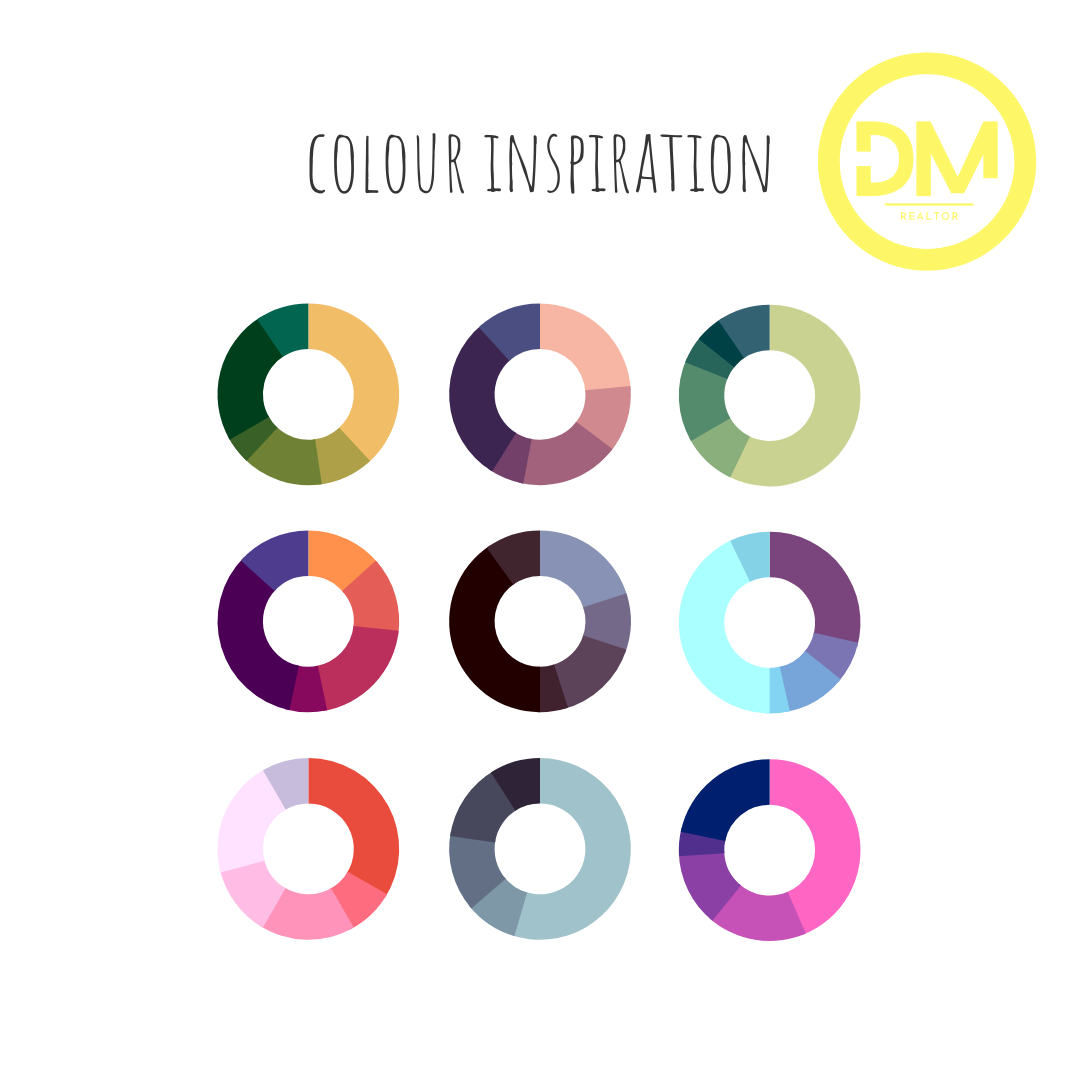The impact of colors on our moods and emotions is a fascinating subject that has been explored by psychologists, artists, and designers for centuries. Colors have the power to evoke certain feelings and set the tone for our environment. One of the most powerful ways we interact with color is through paint choices. Whether it’s the color of the walls in our homes or the hues we select for our creative endeavors, paint colors can significantly influence our mood and overall well-being.
Warm colors, such as red, orange, and yellow, are known to evoke feelings of energy, passion, and excitement. These colors have high saturation and are associated with warmth and vibrancy. Red, for instance, is often linked to intensity and can raise blood pressure and heart rate. It can create a sense of urgency and stimulate a person’s appetite. Orange is considered an invigorating color, promoting enthusiasm and creativity. Yellow is associated with joy and optimism, symbolizing happiness and intellect.
On the other hand, cool colors like blue, green, and purple have a calming and soothing effect on our emotions. Blue is often associated with tranquility and serenity. It has been found to lower blood pressure and heart rate, making it an excellent choice for bedrooms or spaces where relaxation is desired. Green is the color of nature and is known to create a sense of harmony and balance. It is associated with growth, renewal, and freshness. Purple is often associated with luxury and creativity. It can convey a sense of mystery and spirituality, evoking a feeling of introspection and contemplation.
Neutral colors, such as white, beige, and gray, can have a grounding effect. They provide a sense of balance and can create a calming atmosphere. White is often associated with purity and cleanliness, and it can make a space feel more open and airy. Beige and gray are versatile and can be paired with a wide range of other colors. They create a sense of calm and can serve as a backdrop for other elements in a room.
It’s important to note that individual preferences and cultural backgrounds can influence how we respond to different colors. Personal experiences and associations can also play a role. For example, a person who had a positive experience in a blue-painted room may feel a sense of calmness and comfort when surrounded by that color, while someone with a negative association may have a different emotional response.
When choosing paint colors for different spaces, it’s essential to consider the intended use of the room and the atmosphere you want to create. If you’re looking to energize a space and foster creativity, warm colors like reds and oranges can be a good choice for an office or art studio. If you’re aiming for relaxation and tranquility in a bedroom or living room, cool colors like blues and greens may be more suitable. Neutral colors can provide a versatile and timeless backdrop that allows for easy customization with furniture, artwork, and accessories.

 Facebook
Facebook
 X
X
 Pinterest
Pinterest
 Copy Link
Copy Link
